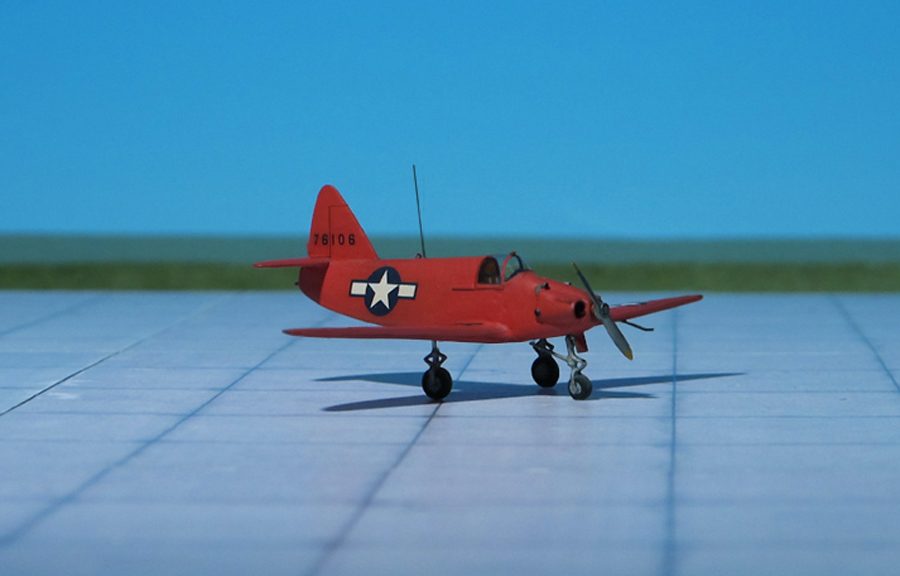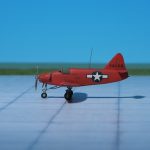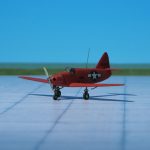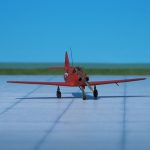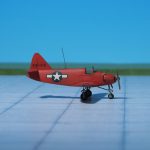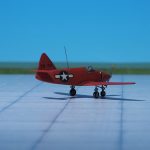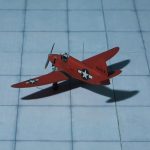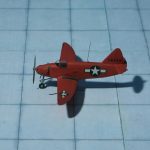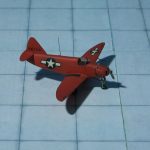TYPE: Radio-controlled target drone
ACCOMMODATION: Pilot only or radio controlled
POWER PLANT: Franklin O-300-11 air-cooled engine, rated at 150 hp
PERFORMANCE: 185 mph
COMMENT: In 1940, the U.S. Army Air Corps drew up a requirement for a radio-controlled target drone for training anti-aircraft artillery gunners. The first aircraft in a series of target drones was a modification of the Culver LFA ‘Cadet’ commercial sports plane which eventually led to the PQ-14 series used throughout WW II and beyond. In 1942 Culver designed a larger and more powerful derivative of their PQ-8 ‘Cadet’ target as the model NR-D. A single PQ-8 was converted to the new configuration and tested by the USAAF as the XPQ-14. This was followed by YPQ-14A service test aircraft and more than 1400 PQ-14A production models. Of the latter, about 1200 were transferred to the U.S. Navy, which designated them as TD2C-1 ‘Turkey’. The PQ-14A was powered by a Franklin O-300-11 piston engine and had a retractable tricycle landing gear. Like the PQ-8, it was flown manned for ferry or check-out flights and by radio-control from the ground as a target drone. The YPQ–14B was a slightly heavier variant, which was followed by a production run of more than 1100 PQ-14B targets for the USAAF. A single PQ-14B was converted to use an O-300-9 engine and designated XPQ-14C (Ref.: 24).
